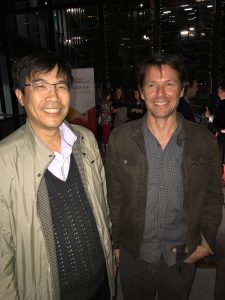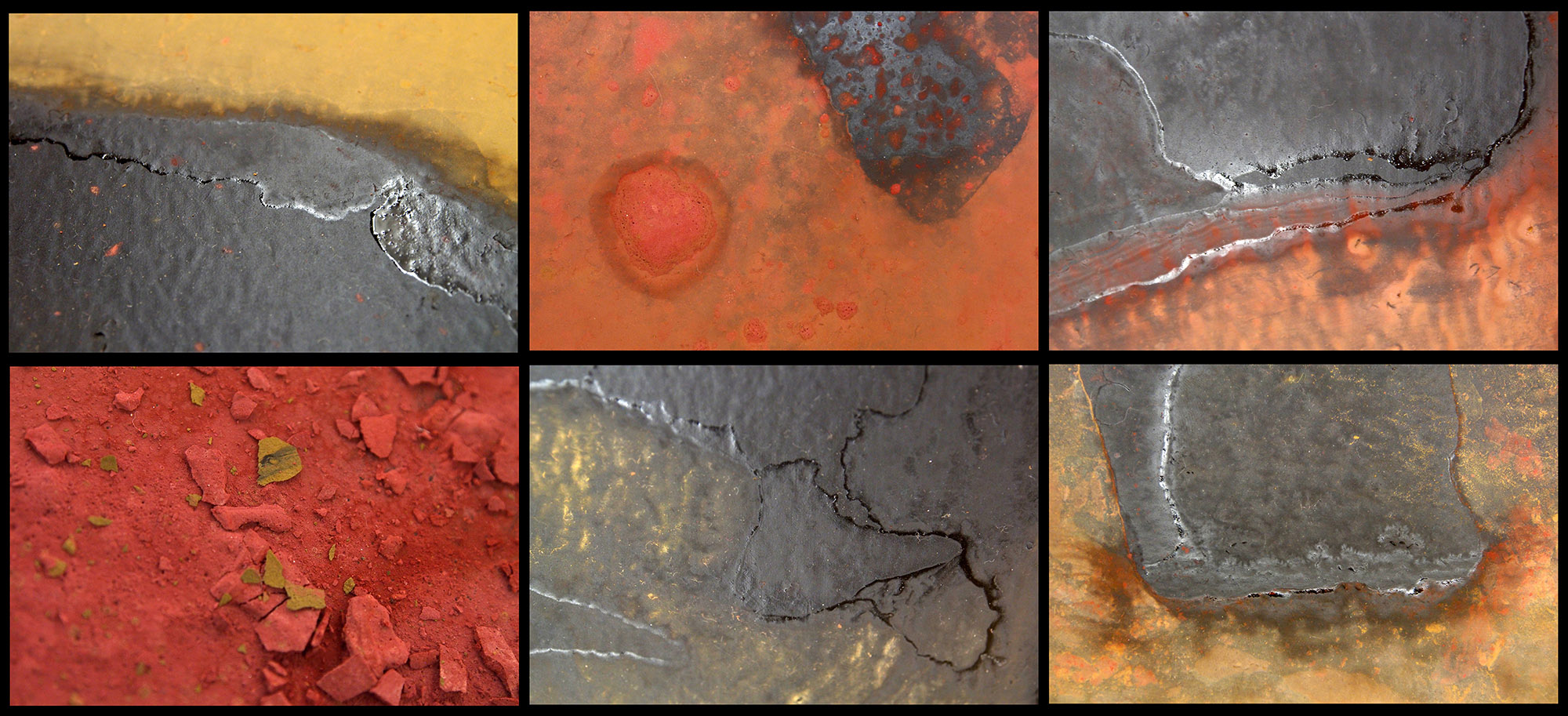Not only do soils produce 95 per cent of our food, they are also responsible for creating our clothes, shelter and fuels.
But with most people only seeing soil as dirt and something to vacuum off the floor, Griffith University is changingthat perception showing how important soils are to humankind and our environment.
To do this Griffith is supporting ‘Let’s Get Dirty’, an artist in resident program and the first of the Art in Soil Initiative held by Soil Science Australia.
In partnership with Soil Science Australia, Griffith will also host the first national symposium on the benefits of using recycled organics on degraded and marginal landscapes, being opened by Queensland Chief Scientist Professor Suzanne Miller on Thursday (June 15).
In Let’s Get Dirty artists have the opportunity to work in conjunction with soil scientists in developing an artistic work over the next six months, culminating in an Art in Soils exhibition. Queensland College of Art graduate Robert Andrew is one of the artists taking part.

Professor Chengrong Chen, of the Griffith School of Environment, said soil should not be a dirty word.
“Everything we eat, everything we use, everything we wear actually comes from soil,” he said.
“This is the first time in Australia we’re raising awareness for this critical issue. A lot of people think soil is dirt but soils contribute significantly to about $26 billion worth of food and fibre production in Australia annually. Soil is the best filter for clean water.
“It’s very important to raise public awareness and change public perception otherwise soil degradation and soil pollution will continue and we won’t have enough food or enough fibre in the future.”
“Soil security is becoming a very important issue globally.
The symposium will bring together industry partners, governments, policy makers, land managers, farmers, environmental consultants and researchers in recycled organics to deliberate their application in degraded and marginal landscapes and better understand their use agriculture, mining, urban environments and infrastructure.
Australia produces 20 million tonnes of wasted organics – garden organics, forestry residues, municipal solid wastes, agricultural residues, biosolids, green waste and timber – each year and 45 per cent of our arable land is degraded, costing Australian farmers’ more than $2.5 billion per year in lost production.
Professor Chen said currently 44 per cent of organics were recycled, 9 per cent were used to produce electricity and 47 per cent went to landfill.
“If we can recycle that remaining 47 per cent it could create a $1 billion industry in recycled organics,” he said.
“On the one hand we generate waste but on the other hand we’re saying how can we put that back to make things grow better?”
Symposium organiser Dr Maryam Esfandbod said household food waste was not waste but rather “wasted gold” that could be recovered.
“The key problem with the recycled organics industry is education for everyday people,” she said.
“They need to understand recycling reduces their impact on the environment. But we also need to educate the end user — showing farmers how to use these recycled organics for agricultural production.
“If we can recycle more wasted organics we can minimise waste going to landfill.”
To find out more about the symposium visit the Soil Science Australia website.
